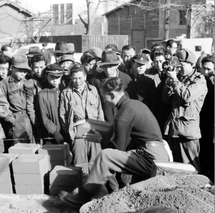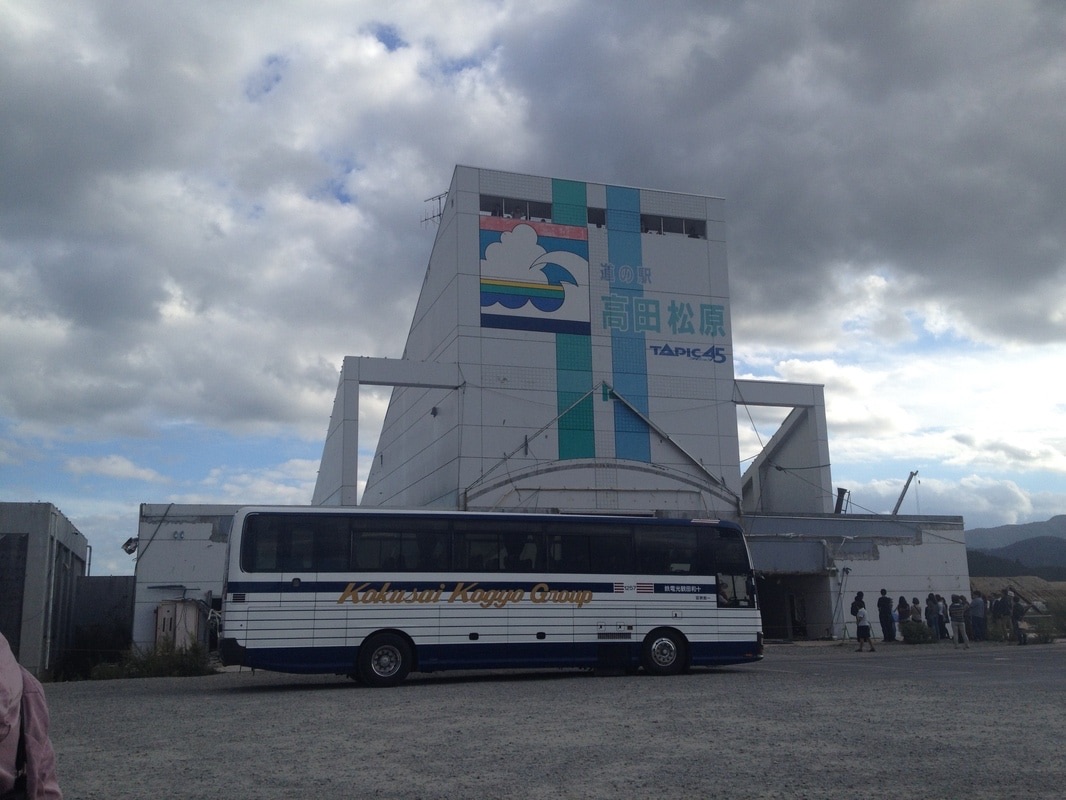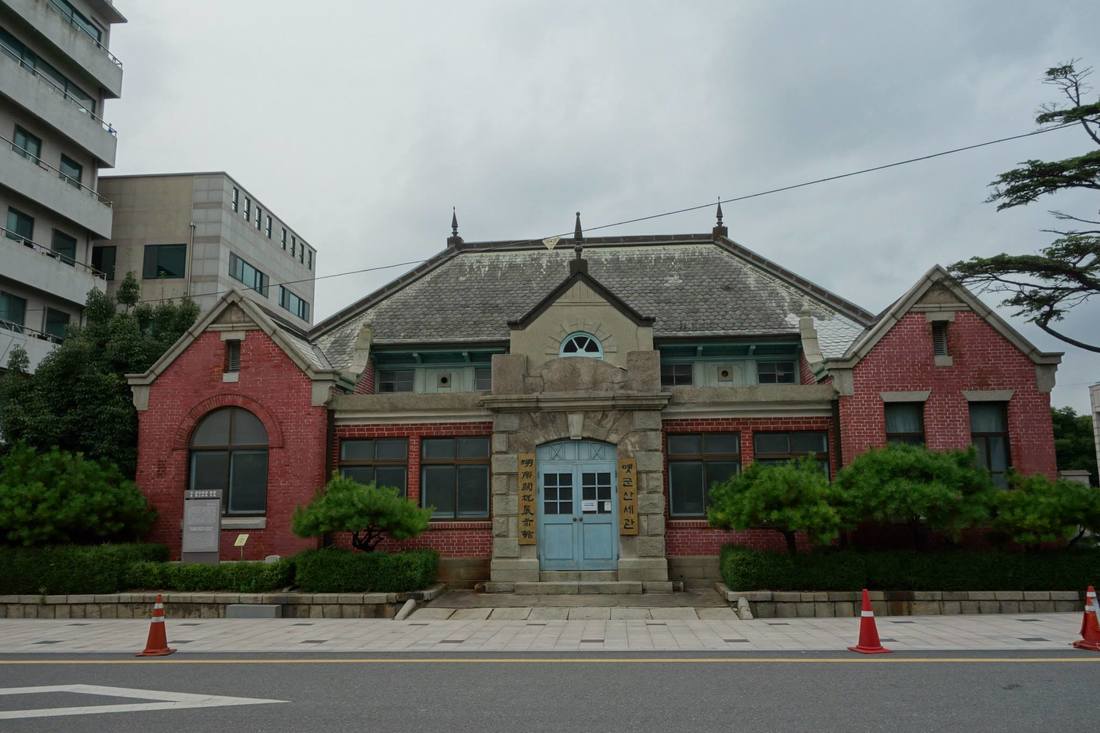Courses Taught
Asian American Art and Architecture (Dartmouth College, Winter 2022/Winter 2023/Spring 2024)
This course introduces students to the politics of Asian American identity and visual culture in the twentieth century. Moving from a discrete category, the course employs “Asian American” as a relational term that helps students interrogate historical processes of inclusion, exclusion, and racialization which have shaped American society and culture. With an overview of social and legal contexts of Asian America, from immigration policies and residential exclusion to Japanese internment to struggles over citizenship rights, the course explores what it meant to be Asian American and how Asian American art and architecture came into being at specific historical junctures. By discussing case studies including Japanese internment camps, Chinatown, the Vietnam Veterans Memorial, and works of artists and architects such as Martin Wong, Poy Gum Lee, and Do Ho Suh, students are expected to examine how Asian American and diasporic artists strove to define their identity and imagine their place in the world.
Travel, Migration, and Diaspora in the Transpacific Asias (Dartmouth College, Fall 2021/Fall 2022/Spring 2024)
This interdisciplinary course provides an overview of migration and diaspora studies in Asia and across the Pacific. The course places travelers and migrants at the heart of modern Asian history and culture while examining the social, cultural, political, and economic implications of the movement of people across geographic boundaries. The course deals with a series of case studies that include, but are not limited to, imperial travelers, missionaries, colonial settlers, labor migrants, American GIs, international adoptees, orphans and refugees, transnational domestic workers, return migrants, and Asian diasporas in the Americas. With a strong emphasis on transpacific migrants and their residential, commercial, religious, and social spaces, the course will engage in an interdisciplinary dialogue and utilize a range of activities and media—site visits, walking tours, interviews, autobiographies, literature, and film—to offer students fruitful methods for understanding multifaceted aspects of transnational connections and diasporic identities that migrants have cultivated between Asia and the world.
The Sociology of Globalization (Dartmouth College, Spring 2022)
This interdisciplinary course provides a critical approach to global urban studies, with a particular focus on race, migration, and the built environment. By scrutinizing sites of “globalization”—ships, railroads, ports, islands, canneries, camps, ghettos, cemeteries, infrastructures—students will explore themes such as segregation, slave trade, anti-blackness, urban violence, Asian settler colonialism, urban renewal, necropolitics, and environmental racism. The course will engage in a historical and postcolonial dialogue to offer students critical methods to “spatialize” intertwined histories of racial closure across continents.
Urban Geography (Dartmouth College, Spring 2021) / Global Cities (Dartmouth College, Spring 2020)
The course deals with cities not as enclosed, bounded, and fixed entities but as sites of connections, links, and relations from which to rethink what constitutes the global and the urban today. Students will be expected to develop a critical perspective to reflect upon global urban issues such as race, citizenship, colonialism, gender, segregation, gentrification, and migration. We will also seek to explore the possibility of studying non-Western cities without erasing their specificities while situating them in a web of global connections.
Urban Asia (Dartmouth College, Winter 2020/Fall 2020/Fall 2021/Fall 2022/Winter 2024/Spring 2025)
How have Asian cities transformed in an interconnected global economy? How does an interdisciplinary reading of Asian cities provide ways to think anew about Asia today? With Asia at the center of urban inquiries, this course proposes to read Asian cities from historical and comparative perspectives. The primary purpose of this course is to introduce students to multiple disciplinary approaches to Asia’s urban environments and their dynamic relationships to other parts of the world. The course is an introduction to a wide-ranging analysis of Asian cities through the lens of art, architecture, literature, film, technology, geography, gender, and class.
Housing: an International Survey (UC Berkeley, Spring 2012/Spring 2013)
|
This course is an upper-level undergraduate survey course that uses housing as a vantage point for studying broader social and economic processes. Beginning with readings of David Harvey, Peter Hall, and Arturo Escobar, the course illuminates housing as program, policy, and human right. Through the lens of development, poverty, urbanization, migration, and race/gender inequality, the course is organized based on a broad array of themes around housing, including residential segregation, public housing and slum clearance, squatter settlements, subprime markets, gentrification, and citizenship.
|
Histories of City Planning (UC Berkeley, Fall 2016)
|
This course is a graduate-level course on histories of city planning and urbanism across the globe, with case studies ranging from ancient Greek city states and medieval European cities to industrializing American cities and Southeast Asian cities after decolonization. Using a trans-regional and cross-historical framework, the course focuses on critical engagements with colonialism, developmentalism, and neoliberal urbanism in the study of cities. Students are assigned readings of Henri Pirenne, Friedrich Engels, Marshall Berman, Lewis Mumford, and Henri Lefebvre to critically question the meaning and purpose of planning in different political and economic contexts.
|
Courses Proposed
Global History of Architectural Materials
|
Modern edifices built of red brick were once considered the symbol of modernity in early twentieth-century East Asian cities, whereas concrete buildings and bridges were seen as the embodiment of economic growth in the mid-twentieth century. New materials have also recently emerged in response to different social needs and concerns such as sustainability. This course examines architectural materials, from brick and glass to concrete and paper, as a vantage point for understanding a cross-cultural history of architecture and urbanism. Multiple forces ranging from colonial enterprise to rapid urbanization have influenced the introduction of new architectural materials. Not only do building materials reveal architectural forms and norms of the time, they also convey affective ties that people attach to the built environment. By focusing on important historical moments in which new building materials came into production and circulation, as well as local responses to the new materials, this course introduces students to social meanings of architectural materials from a global perspective.
|
Aesthetics and Politics of Ruins
|
This interdisciplinary course examines "ruin" in Asia, with an emphasis on its role in the constitution of contemporary architecture and urbanism over the course of the 20th century. Ruins do not simply refer to monumental relics, but also indicate the material and affective dimensions of urban transformation. The course illuminates several historical junctures which have caused ruination to the built environment: colonial urbanism, wars, earthquakes, military occupation, postwar reconstruction, urban speculation, and heritage politics. Organized thematically, the course will deal with various case studies of ruined landscapes in East Asia, ranging from the demolition of Russian architectural heritage in the Chinese city of Dalian to the Tohoku area after the 2011 East Japan Earthquake.
|
Architecture, Empire, and the Movement of Things
|
With a particular focus on empire, this course examines the transregional movement of people and things in the constitution of modern architecture. The nineteenth-century expansion of the capitalist mode of production, or what we commonly refer to as colonialism, opened up new routes through which architectural and urban forms were moved around by colonial settlers, building contractors, architects, and planners. Colonial networks were further forged across metropole and colony, circulating materials and ideas across regions and contributing to the emergence of hybrid architecture in both places. Throughout the course, students will learn multifaceted aspects of colonial urbanism by analyzing various “new" building types which emerged in the age of empire, ranging from bungalow and railway station to bank and factory, and asking their legacies and meanings in the postcolonial present.
|



